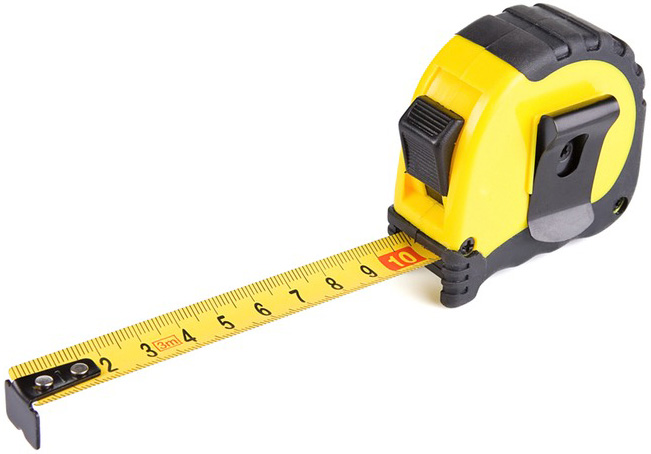How did you do on the self-inventory of your recruiting system (if you have no idea what I’m talking about, read Part 1)?
For many of us, it initially feels uncomfortable to see recruiting inside the continuous improvement (CI) framework. That’s to be expected because change is difficult and the way to breakthrough performance follows a path outside our normal way of thinking.
 The CI framework is a new way of thinking and it will drive a new set of behaviors related to recruiting activities. You can’t turn recruiting into a dependable business process unless you’re able to identify the right things to do (that’s the hard part) and to consistently get those things (new tasks) done.
The CI framework is a new way of thinking and it will drive a new set of behaviors related to recruiting activities. You can’t turn recruiting into a dependable business process unless you’re able to identify the right things to do (that’s the hard part) and to consistently get those things (new tasks) done.
An abbreviated version of CI will get you started quickly. Follow these six steps and you’ll be on your way to creating a recruiting process you can depend upon.
The Abbreviated Version of CI
To fully understand the CI process would take months of focused study. There are lots of great resources on this topic, and I would encourage additional study if you have the time and interest.
If you don’t want to invest this time, there is an abbreviated version that Dan Stull presented at the Edge Conference last month. Here are some of the basic concepts of CI:
Measure Outcomes. Since you now see recruiting as a system, the components of the system become more visible. For example, a face-to-face interview is a component of most recruiting systems. Each component produces an outcome. These outcomes can be measured in various ways. For example, did an interview happen, what percentage of candidates completed interviews, what percentage of candidates committed to licensing school, etc. It would be typical for a recruiting process to have more than 20 outcomes.
Measure Elapsed Times. Time is a measurable component of most outcomes. It’s important to measure the time it takes to get an outcome, but even more important to measure the time between desirable outcomes. For example, it would be important to measure how long it takes for a person to complete the real estate licensing requirements. It would also be important to measure how long it takes for the average person to start the licensing process.
Measure Where You’re Investing Time. The recruiting system does not just happen by itself. It moves forward on the energy you and others dedicate to the process. Unless it’s documented and measured, your time will naturally be spent on low return activities. This was one of Deming’s greatest insights. Humans are notoriously poor at managing focus and recognizing what produces results.
Identify Non-Value Added Process Steps. As you discover the components of your recruiting system, constantly ask yourself: “Why are we doing this?” “What would happen if we stopped doing it?” Most systems need pruning before they can be rebuilt with the right activities. Eliminate the tasks that don’t add value.
Measure Improvements. For recruiting systems, most leaders never get to this step. Why? They only measure one thing—the number of hires. Since the hire takes so long to materialize (often months), the connection between the outcome and the process is lost. This is why it’s so important to identify many short term outcomes (step one) that can be measured quickly.
Repeat Continuously. The continuous part of CI means repeating these fives steps over and over. You’re never done fixing your recruiting system.
Your end goal is to create a recruiting system producing consistent and reliable results. As Peter Drucker once famously said, “A well-managed factory is boring. Nothing exciting happens in it because all the crises have been anticipated and converted into routine.”
You’ll know you’ve arrived when your hired report is the most boring document you review each month.
Questions or Comments? Reply to your WorkPuzzle subscription email.
Didn’t get the WorkPuzzle email? Subscribe below. We promise not to share your email with others or use it for any other purpose but delivering WorkPuzzle notices.


